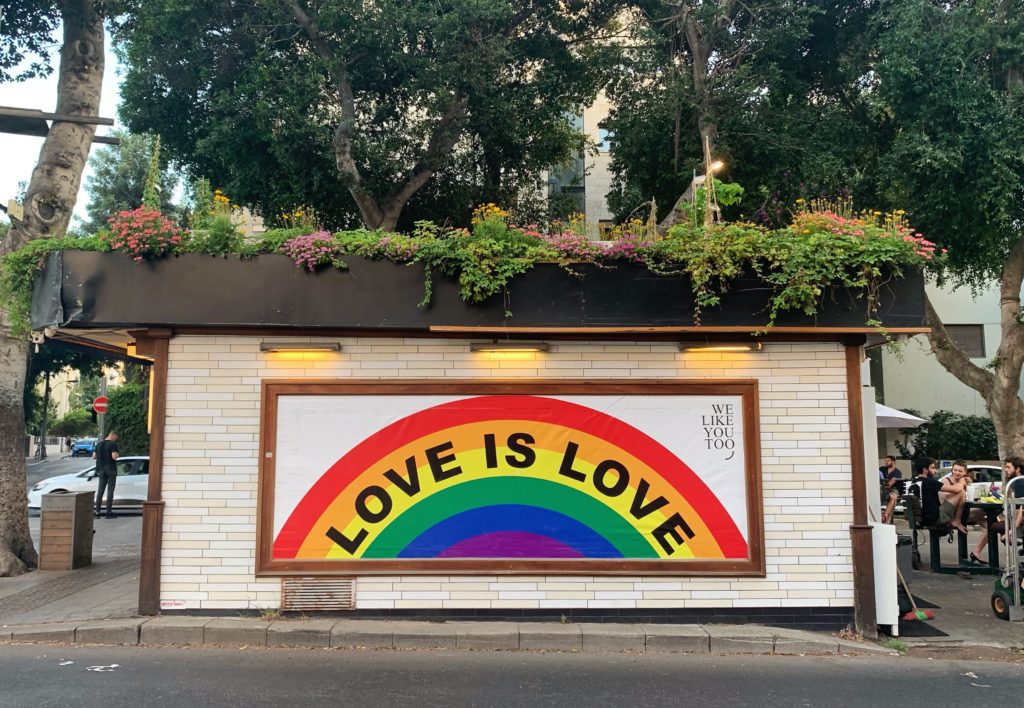
Sexual orientation and gender are immensely complex, and the various terminologies related to them can be very confusing. Below is a list of definitions to help provide a clear understanding of various terms surrounding sexual orientation and gender.
DISCLAIMER: Some of the following terms are derogatory, offensive, and outdated, and should not be used as they may be harmful.
LGBTQIA/GSM/DSG: stands for:
LGBTQIA: Lesbian, Gay, Bisexual, Transgender, Queer/Questioning, Intersex, Asexual
GSM: Gender Sexual Minorities
DSG: Diverse Genders and Sexualities
Table of Contents
Gender Terms
Gender: A socially constructed concept used to classify individuals into man, woman, or other gender identities base on a collection of behavioral, cultural, social, and psychological traits.1 A complex interrelationship between an individual’s biological sex, gender identity, and gender expression.2
Biological Sex: A scientifically established categorization of male, female, and intersex based on the anatomical structures (genitalia, secondary sex traits), hormone levels (androgen and estrogen), and genetic composition (XX, XY, or other chromosome combinations). It is more complex than the sex assigned at birth, which is only determined by the appearance of genitalia.
Sex Assigned at Birth: Refers to the biological anatomy that is assigned at birth and categorizes individuals into male (has male anatomy), female (has female anatomy), or intersex.3 Sex assigned at birth is determined by doctors based on the appearance of genitalia in ultrasound or at birth. One’s sex assigned at birth and gender identity may differ, see Gender Dysphoria and Transgender.
Cisgender: An individual whose gender identity matches their sex assigned at birth.4 Cisgender men are assigned male at birth, and cisgender women are assigned female at birth.1
Sex: Used in a variety of ways. A person’s identity as being male, female, or intersex. This term may refer to one’s biological sex or sex assigned at birth, often the latter. This term is also used to refer to sexual behavior.1
Gender Identity: A person’s subjective sense of “being” a specific gender such as man, woman, and gender non-binary.1 An individual could identify as one of many genders, none, or all.
Gender Expression: The many ways in which an individual displays femininity, masculinity, neither, or both. Gender can be expressed through behavior, speech, pronouns, clothing, etc.3
Gender Fluid: A person who is able to display and adapt to various genders.5 This is another way of saying genderqueer or non-binary.
Gender Binary: The classification of only two genders: either male or female.5 Often the view of many people that there are only two genders that can lead to strict representations and expectations of masculinity and femininity in culture. This classification excludes transgender or genderqueer individuals.
Gender Non-Conforming (GNC): An individual whose gender expression or gender role does not match the expectations from society associated with that gender.5 See genderqueer and nonbinary.
Transsexual: This term was used as a derogatory word. An individual who identifies with gender or sex that does not correspond with the sex they were assigned at birth.4 Transsexual people often seek transition through medical means.1
Transgender: An individual who presents themselves, lives as, and identifies as a gender that does not correspond with the sex they were assigned at birth.4

Intersex: Having a biologically ambiguous and intermediate sex.1 If someone is intersex, they were likely born intersex. Intersex people often have physical anatomy that includes traits of both males and females.
Gender Roles: Expectations, rules, behaviors, and roles given to males and females by society, such as masculine traits for males and feminine traits for females.4 Gender roles are socially constructed, and the expectations and pressures of a certain gender’s roles can be toxic in certain situations and for certain people.
Genderqueer: An individual whose identity is outside of the gender binary.4
Non-binary: An umbrella term for all gender identities that do not fall into the gender binary. Also used as a gender identity on its own.
Gender Variant: A person who does not conform to the gender expectations of society (e.g. transgender, transsexual, intersex, genderqueer, cross-dresser, etc.).5
Third Gender: An individual who identifies with a separate gender that is not either man or woman.5
FtM/F2M: An individual who was assigned female at birth, but now identifies as a man. Short for female-to-male transgender/transsexual individuals.
MtF/M2F: An individual who was assigned male at birth, but now identifies as a woman. Short for male-to-female transgender/transsexual individuals.
Transition: The process in which an individual undergoes changes emotionally, socially, or medically to properly express their gender that matches their sex and gender identities.5
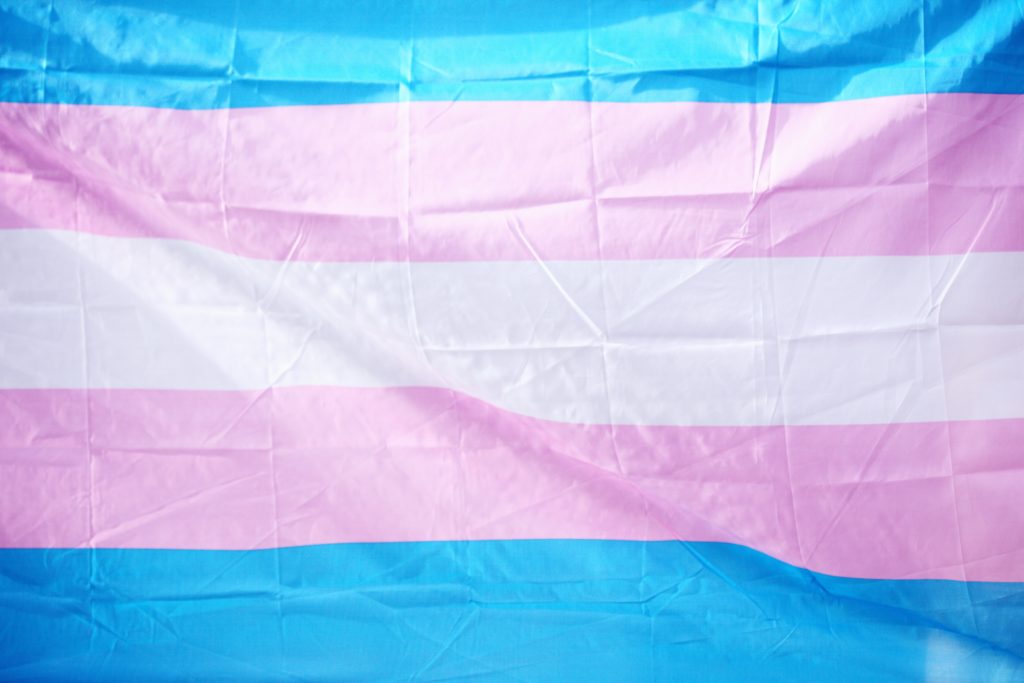
Trans man: A label used by female-to-male transgender or transsexual individuals who identify as men.
Trans woman: A label used by male-to-female transgender or transsexual individuals who identify as women.
Cross-dresser/ Transvestite: This term was used as a derogatory word. An individual who cross-dresses, meaning they dress as a gender expression that is different from their assigned sex. The motives for cross-dresser could be for fun, relaxation, sexual gratification, or any other personal reason other than expressing their own gender identity. Transvestite is not the same as transgender or drag.5
Transphobia: The fear of, discrimination against, or hatred towards the transgender/transsexual community and/or individuals who identify as transsexual/transgender.4
Sex Reassignment Surgery/SRS: The surgical procedure by which a transgender person changes their physical appearance and genital anatomy to align with their gender identity/expression.5
Bigender: An individual who experiences their gender identity as both genders at the same time and is able to shift between the two through gender-based behavior.5 This term can also refer to an individual whose gender identity varies between male and female binaries.7
Androgyny/Androgynous: Term used to describe gender expression that has elements of both masculinity and femininity,5 but not necessarily in equal amounts.7
Sexual Orientations & Identity Terms
Orientation: General pattern of attractions or lack of attractions towards people. Common types of orientation or attraction include, but are not limited to, sexual and romantic orientation.
Sexual Orientation: The enduring pattern of sexual or romantic attraction towards other people.
Heterosexuality/Heterosexual: An individual who is attracted emotionally, physically, and sexually to members of the opposite sex or gender.4
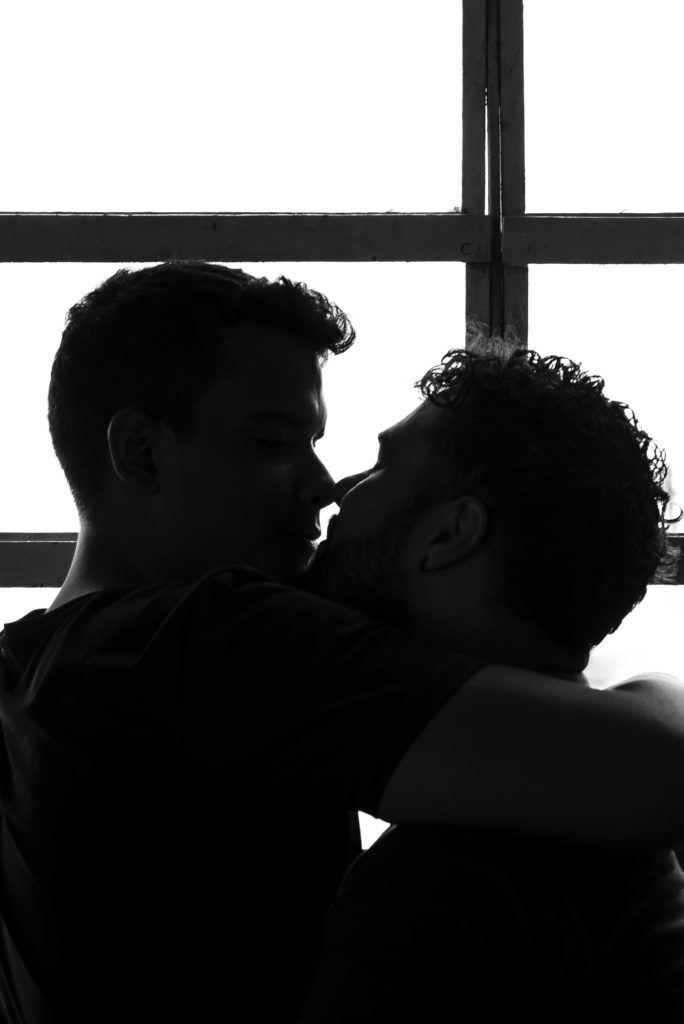
Homosexuality/Homosexual: A person who is emotionally, physically, and sexually attracted to members of the same sex or gender.4
Lesbian: A term used to describe women who are attracted emotionally, physically, and sexually to other women.4
Gay: The colloquial term used to describe the emotional, physical, and/or sexual attraction between members of the same gender. This term is usually used to describe men who are attracted to other men.4
Bisexuality/Bisexual: An individual who is sexually, emotionally, or physically attracted to both men and women.4
Pansexuality/Pansexual: An individual who is attracted physically, emotionally, and sexually to all gender identities and expressions.5
Asexuality/Asexual: A term used to describe an individual who does not experience sexual attraction to others. Some asexual people do experience romantic attraction and are in romantic relationships. Asexuality is not the same as celibacy.7
Queer: An overarching term that refers to all LGBTQIA+ people. This term is also used by individuals who are fluid in relation to their sexuality or gender (or both).7
Demisexual: An individual who does not feel sexual attraction until they have formed a strong emotional connection with a partner (usually within a romantic relationship). 5
Questioning: The process in which an individual discovers and explores their sexual orientation, gender identity, or gender expression.4
Skoliosexual: A term used to describe the attraction to transsexual and genderqueer people and expressions.5
Androsexual/Androphillic: The sexual attraction to men, males, and/or masculinity, regardless of whether that person identifies as male or was assigned male sex at birth.7

Romantic Orientation: The gendered pattern to which a person has romantic attraction and with which they fall in love or partner.3
Aromantic: No romantic attraction towards anyone.
Commonly Used Slang:
Bear: Slang term used to describe a very masculine and muscular gay or bisexual man.5
Butch: This term can be used offensively to harm others. An individual (usually a lesbian woman, but not exclusively) who identifies as or appears and acts in a traditionally masculine way. This could refer to the sexually “dominant” partner in a relationship.7 This term can be used as an affirmative identity label but can sometimes be used as a derogatory term for lesbian women.5
Femme: This term can be used offensively to harm others. An individual of any gender or sexual identity who identifies as or appears both physically and socially in traditionally feminine ways. This could refer to the sexually “submissive” partner in a relationship.7 This term can be used as an affirmative identity label but can sometimes be used as a derogatory term.5
Masc: An individual (usually a gay man) who identifies as or appears traditionally masculine in physique and personality.
MSM: Literally meaning men who have sex with men. This term refers to men who may not identify as gay but have sexual relationships with men.
WSW: Literally meaning women who have sex with women. This term refers to women who do not have to identify as gay/lesbian but have sexual relationships with women.
Twink: Often refers to a young gay man who has a slim build, little to no body hair, and a youthful appearance.
Gynesexual/Gynephilic: The attraction to women, females, and/or femininity.5
Lipstick Lesbian: A lesbian woman with a feminine gender expression.5
Faggot/Fag: This term can be used offensively to harm others. An outdated, derogatory term referring to a gay person or someone who is perceived as queer.5 This is a term that is often used to harm or degrade others and should not be used in this way.
Dyke: This term can be used offensively to harm others. An outdated, derogatory term that refers to a masculine lesbian woman. This term is often used in harmful contexts. However, the term has recently been adopted as a positive, self-identified term by lesbian women.5 This term should not be used to degrade or harm others.
Additional Gender/Sexual Orientation Terminology
Advocate: A person who actively works to educate others, support social equality, and end intolerance of marginalized groups such as LGBTQIA people.5
Ally: Cisgender individuals who support and respect members of the LGBTQIA community.5
Aromantic: An individual who has little to no attraction to and/or interest in forming romantic relationships with others.5
Bicurious: Being curiously attracted to people of the same gender or sex.5 Bicurious individuals often explore their sexuality with both men and women, but may not identify as bi, gay, or lesbian.
Biphobia: Negative attitudes such as fear, anger, intolerance, resentment, and discomfort toward individuals who identify as bisexual. These attitudes often attempt to undermine the legitimacy of bisexuality. These beliefs are often based on the myths and stereotypes surrounding bisexuality.8
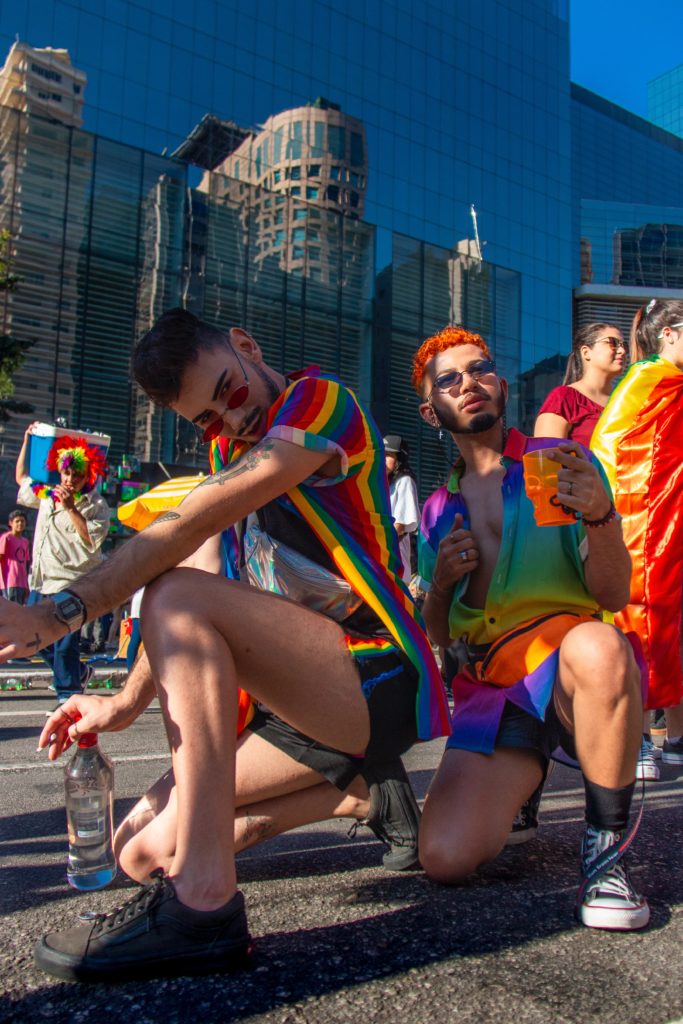
Cisnormativity: The belief by people or institutions that everyone is cisgender and that those who identify as cisgender are superior to those who identify as transgender.5
Closeted: A term used to describe individuals who either do not accept or choose not to share their own queer sexuality and/or gender by keeping their identity a secret from others. This secrecy is usually due to fear, worries about safety, and potential rejection or disapproval from others (family, peers, friends, coworkers, etc.).4
Coming Out: The process in which a person accepts their sexuality or gender identity and decides to share their identity with others (friends, family, etc.).5
Constellation: The structure of a polyamorous relationship.5
Drag King: The term for a person (often a woman) who uses clothing, makeup, and body language to perform as a man for theatrical purposes.5
Drag Queen: The term for a person (often a man) who uses clothing, makeup, and body language to perform as a woman for theatrical purposes.5
Feminine of Center: Individuals who identify as femme, submissive, transfeminine, etc.5
Masculine of Center: Individuals who identify as butch, masculine, transmasculine, etc.5
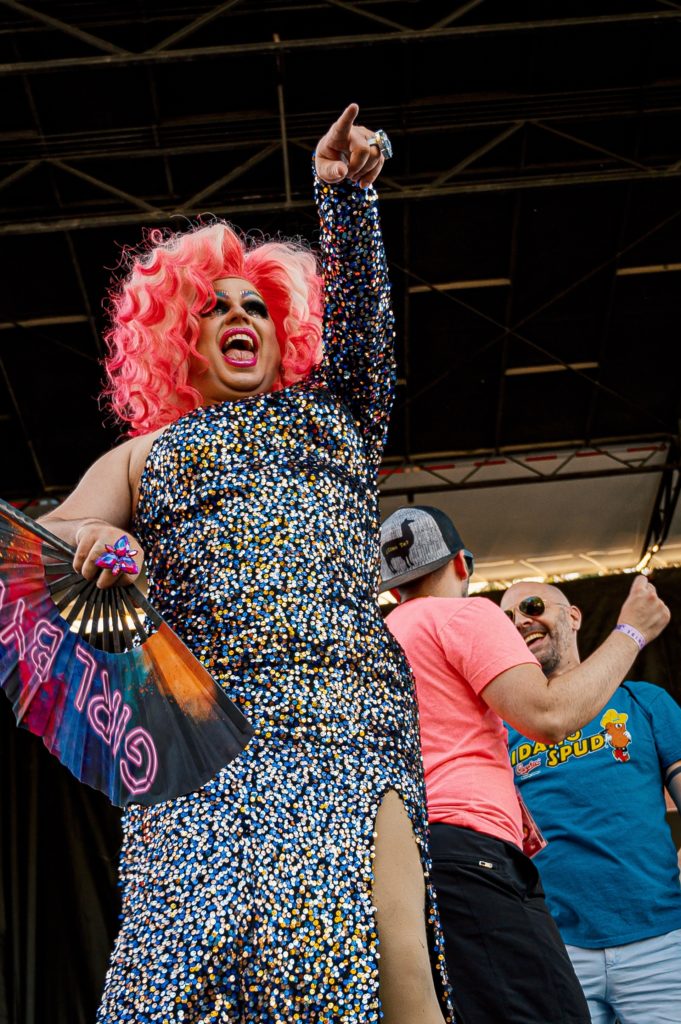
Fluid(ity): Term used to describe an identity (such as sexual or gender) that shifts or changes over time (man and woman, bi and straight, etc.).5
Heteroflexible: Individuals who are primarily heterosexual, and typically identify as heterosexual or straight, but have some interest in or are open to same-sex relationships or activity.1
Heteronormativity: The belief by people or institutions that heterosexuality is the normal/default way for people to identify and that heterosexuality is superior to all other sexualities.5 Heteronormativity can create social, cultural, political, and economic ideologies that can harm the lifestyles and livelihoods of LGBTQ people.9
Heterosexism: The behavior that gives preferential treatment to heterosexual individuals.5
Homophobia: The fear, intolerance, resentment, discomfort, or hatred towards members of the LGBTQ community.4
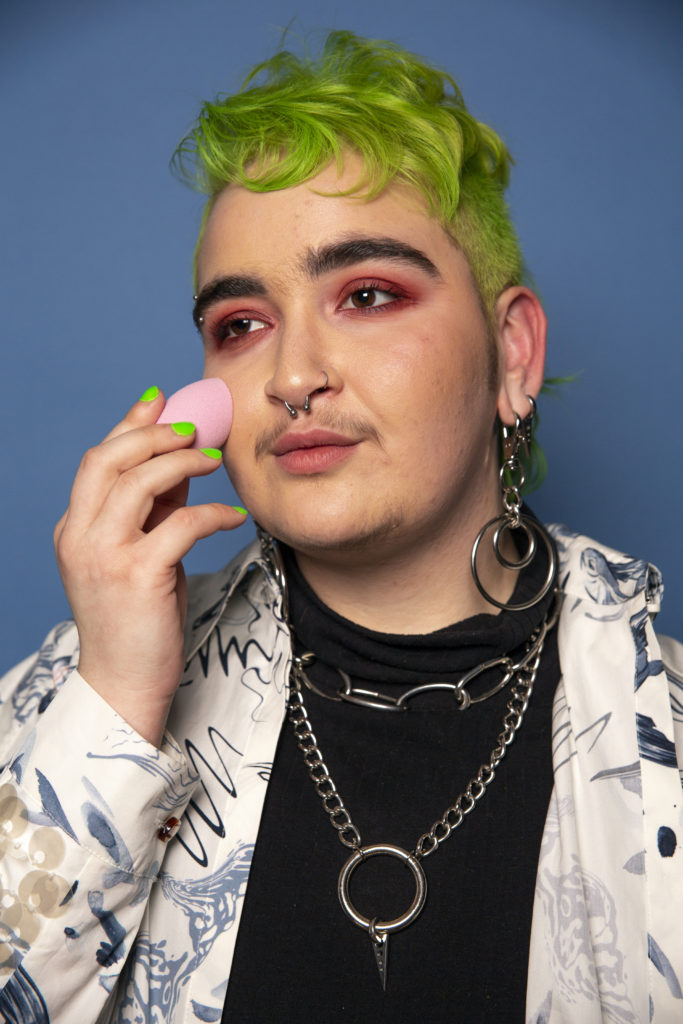
Mx: Alternative prefix for individuals who do not identify with either Mr. or Ms.5
Outing: Term used to describe exposing someone else’s sexual orientation, gender identity, or intersex status without their consent or approval.5
Passing: Individuals who identify as “trans,” but who are accepted and able to “pass” as members of the gender or sex that they identify with despite their sex at birth.5
Romantic Attraction: When individuals want to engage in relational intimacy. Behaviors that are associated with romantic attraction are similar to behaviors that are associated with sexual attraction and emotional/spiritual attraction.
Same Gender Loving: Alternative term used by members of the African-American community to convey an alternative sexual orientation.5
Two-Spirit: A Native-American term that recognizes individuals who portray qualities or fulfill roles for both genders.5
Fa’afafine: A Samoan or Polynesian cultural term that is used to refer to what is essentially the “third gender” in those cultures. This term often refers to a man in the Polynesian culture who presents themselves in a feminine manner.10
Ze/Hir: Alternative pronouns to her/hers/she and him/his/he.5
Concluding Remarks
It is extremely important to respect an individual’s self-identification. A person should never assume another person’s identity based on behavior and appearances. If you are ever unsure about a person’s identity, we recommend asking the individual how they self-identify (in a respectful manner), as well as by which pronouns they prefer to be called. Always make sure to respect their choices.2 When introducing yourself to a new person or group of people, it may be helpful to express which pronouns you use.
- LeVay, Simon, et al. Discovering Human Sexuality. 4th Ed., Oxford University Press, 2019.
- “Understanding Gender.” Gender Spectrum, 12 Nov. 2016.
- “Sexual Orientation & Gender Identity.” Unitarian Universalist Association, 12 Nov. 2016.
- “LGBT Terms and Definitions.” Spectrum Center University of Michigan, 12 Nov. 2016.
- “Comprehensive List of LGBTQ and Vocabulary Definitions.” It’s Pronounced Metrosexual, 12 Nov. 2016.
- “Sexual Orientation & Homosexuality.” American Psychological Association, 12 Nov. 2016.
- “LGBTQIA+ Terminology.” University of Massachusetts Amherst.
- “Bisexual FAQ.” Human Rights Campaign. Accessed 21 Jan. 2020.
- Jeppesen, Sandra. “Heteronormativity.” The SAGE Encyclopedia of LGBTQ Studies, edited by Abbie E. Goldberg, e-book, SAGE Publications, Inc, 2016.
- VanderLaan, Doug P., et al. “The Prevalence of Fa’afafine Relatives Among Samoan Gynephilic Men and Fa’afafine.” Archives of Sexual Behavior, vol. 42, no. 3, 6 Oct. 2012. Springer. Accessed 21 Jan. 2020.
Last Updated: 5 March 2020
